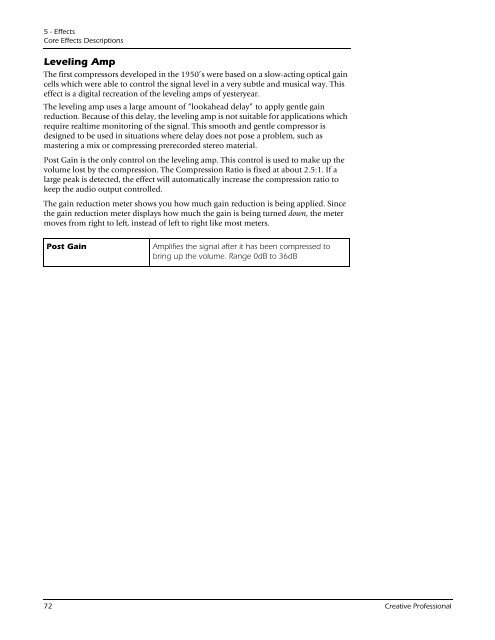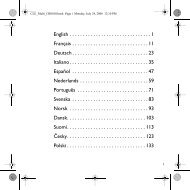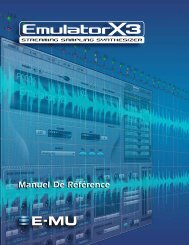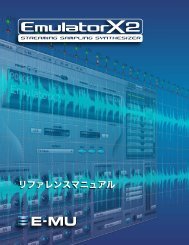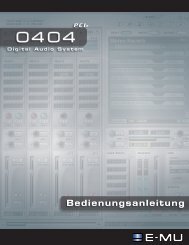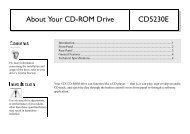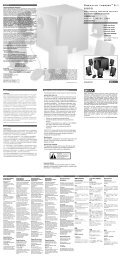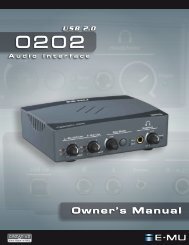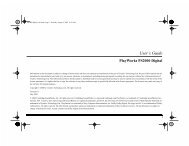You also want an ePaper? Increase the reach of your titles
YUMPU automatically turns print PDFs into web optimized ePapers that Google loves.
5 - Effects<br />
Core Effects Descriptions<br />
Leveling Amp<br />
The first compressors developed in the 1950’s were based on a slow-acting optical gain<br />
cells which were able to control the signal level in a very subtle and musical way. This<br />
effect is a digital recreation of the leveling amps of yesteryear.<br />
The leveling amp uses a large amount of “lookahead delay” to apply gentle gain<br />
reduction. Because of this delay, the leveling amp is not suitable for applications which<br />
require realtime monitoring of the signal. This smooth and gentle compressor is<br />
designed to be used in situations where delay does not pose a problem, such as<br />
mastering a mix or compressing prerecorded stereo material.<br />
Post Gain is the only control on the leveling amp. This control is used to make up the<br />
volume lost by the compression. The Compression Ratio is fixed at about 2.5:1. If a<br />
large peak is detected, the effect will automatically increase the compression ratio to<br />
keep the audio output controlled.<br />
The gain reduction meter shows you how much gain reduction is being applied. Since<br />
the gain reduction meter displays how much the gain is being turned down, the meter<br />
moves from right to left, instead of left to right like most meters.<br />
Post Gain Amplifies the signal after it has been compressed to<br />
bring up the volume. Range 0dB to 36dB<br />
72 <strong>Creative</strong> Professional


